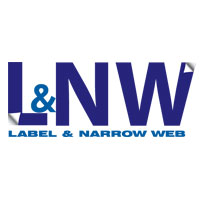Amid supply chain shortages, there’s no room for faulty labeling
Businesses that depend on a steady supply of paper and labels now face a supply chain with potential bottlenecks. As with any supply chain shortage, companies need to prepare business continuity plans and effective demand forecasting. But with paper and labels becoming a scarce commodity, companies can take other more immediate steps to ensure they can do more with less material.
For example, eliminating waste by tackling unnecessary callbacks and printing errors. FDA figures show that labeling and packaging errors account for between 35-40% of all recall issues – now there is a significant opportunity to address this issue and avoid waste one step earlier in the process. the factory printing process.
Most labeling and packaging errors occur when factory printing solutions are disconnected from upstream processes. This places a heavy reliance on the individual knowledge of print operators to follow manual processes and leaves large margins for human error, even for experienced operators. For example, simply manually entering a batch number or expiration date incorrectly by a single character can have a huge impact.
These errors – and the associated waste – can be avoided simply by deploying an intelligent end-to-end system to manage product labels, assets and factory printing. An advanced solution will capture printer locations, types and ports they use, giving the system a holistic view of all available printing resources. Companies can then centrally manage all labeling content. They will know label sizes and print quality requirements, which will help to consistently select the correct printer and settings for each label, effectively eliminating the risk of operator error and reducing waste.
Let’s see this in action. Teleflex, a multinational medical device manufacturer, benefits from advanced labeling and artwork management capabilities through the Kallik Veraciti system. Teleflex has reduced product recall issues to zero since its implementation. How? ‘Or’ What? Its standardized tagging process incorporates powerful features such as a dedicated asset search engine, improved translation management, and end-to-end approval and audit trails, significantly reducing the risk of misuse. labeling resulting in product recalls.
As supply chain disruptions continue to be felt, end-to-end digital management solutions will be essential to ensure businesses have the visibility needed to achieve this low-recall, low-waste vision, while benefiting from additional benefits in terms of operational efficiency.
About the Author: Bob Tilling is Vice President of Global Sales at Kallik.


Comments are closed.